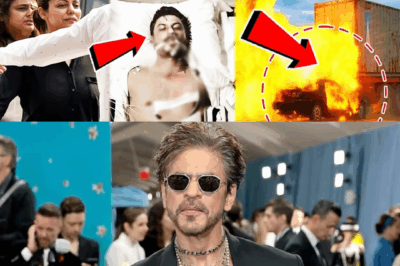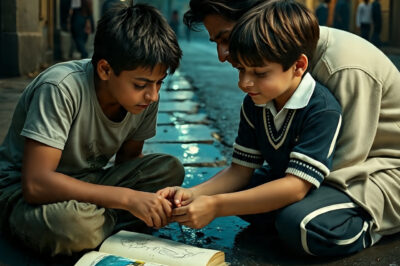She was chasing glow, not goodbye. When Shefali Jariwala took that last IV drip, no one imagined it would be the final chapter of her life. Now, as her fans mourn the sudden loss, a chilling question haunts the beauty and wellness world: was it just a wellness routine—or a fatal mistake?
According to close friend Pooja Ghai, Shefali had taken a Vitamin C IV drip shortly before her collapse. It wasn’t her first time. These drips—often marketed as “glow boosters” or “immunity lifts”—have become a staple in urban wellness clinics across India. From Bollywood stars to influencers, many swear by them. But Shefali’s tragic death is forcing the country to look deeper at the billion-dollar industry hiding behind glowing skin and trendy hashtags.
India’s aesthetic injectable market is exploding—worth over ₹2,000 crore (USD 233 million) in 2023 alone. And that’s just the beginning. Experts predict the market will more than double by 2030, fueled by urban demand, social media pressures, and a growing obsession with non-invasive beauty.
But while the business of beauty flourishes, the regulations around it remain murky. Most IV treatments are offered at wellness lounges, not hospitals. And the truth is—very few clients ask what’s actually going into their veins. High-dose Vitamin C? Glutathione? Collagen boosters? These cocktails promise radiance, detox, even anti-aging magic. But they can also disrupt heart rhythms, blood pressure, and electrolyte balance—especially if administered without proper supervision.
Shefali’s death, officially attributed to cardiac arrest, has left her family devastated—and her fans full of questions. Was her heart already vulnerable? Was there an adverse reaction? Could a standard drip really trigger something so catastrophic? So far, no official medical report has linked the IV directly to her collapse. But the timing is too close, too eerie, to ignore.
In beauty clinics from Mumbai to Delhi, whispers have begun. “Shefali was fit, she was conscious about what she consumed,” one technician told a local outlet. “If this can happen to her, it can happen to anyone.”
It’s not the first time a beauty treatment has been under scrutiny in India. In the past five years, unregulated fillers, botched Botox procedures, and aggressive whitening drips have made headlines. But never has a death felt so personal, so immediate. Shefali wasn’t just a star—she was the “Kaanta Laga” girl, a beloved icon, a woman fans grew up watching. And now, she’s gone.
Her case may spark something long overdue: a national conversation on safety, transparency, and regulation in the aesthetic industry. The demand is real—but is the oversight enough? As clinics race to offer the newest glow formulas, the pressure to look perfect is colliding with the reality that beauty, when mismanaged, can be deadly.
Pooja Ghai said it best in her heartbreak: “Shefali was full of life. She trusted what she thought was safe.” That trust, now shaken, is a wake-up call for an industry that has grown too fast, too big, and perhaps too blind to the risks.
Shefali wanted to shine. But the glow we chase should never cost a life.
News
Ankita Lokhande’s Shocking Decision After Personal Tragedy: Is She Leaving Acting Forever?
When Stardom Meets Silence: Ankita Lokhande’s Quiet Exit from the Spotlight There are some stories that don’t begin with applause…
Shilpa Shirodkar’s Sudden Health Rumor Shocks Fans: What Did the Director Say?
A Storm of Lies: How Shilpa Shirodkar Became the Victim of Her Own Director’s Rumor It started like a spark,…
SRK’s ‘King’ Film Turns Nightmare: What Really Happened on Set?
The lights were blazing, the cameras ready. All eyes were on Bollywood’s undisputed king as he stepped onto the set…
Salman Khan and the Delivery Boy: A Midnight Encounter That Melted Hearts
It was close to midnight in Bandra, Mumbai. Salman Khan had just wrapped a grueling day on set. Exhausted, he…
Shah Rukh Khan and the Orphan Boy: A Heartwarming Encounter That Changed a Life
Among the dazzling lights of Mumbai and the glitz of Bollywood, there exists a moment no camera captured — yet…
What Did Radhika Say Before She Died? Police Zero In on Her Father After Phone Call Reveal
She was young. Bright. Full of dreams. But on that fateful evening, Radhika Yadav’s voice trembled on the phone—her final…
End of content
No more pages to load












